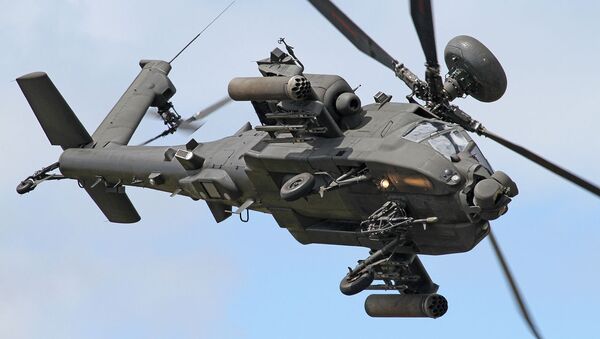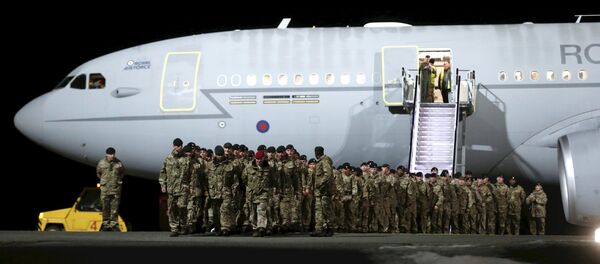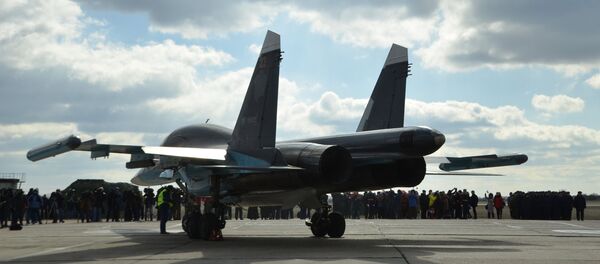Five Apache attack helicopters took off from Wattisham Airfield in Suffolk, England on Monday, heading east to the Amari Airbase in Estonia to join NATO's 'enhanced forward presence' along the alliance's border with Russia.
British Defence Secretary Gavin Williamson, who was on hand at Wattisham to see the helicopters off, called the deployment "really vital" and said "part of the reason" for the deployment is "a very credible threat that we see from Russia," according to Sky News.
The attack helicopters will spend three months in Estonia, and presumably take part in the upcoming UK-led maritime tactical exercises, amphibious drills, shore landings and naval drills known as 'Baltic Protector' in May.
They will also take part in Estonia's annual Spring Storm drills, according to the UK Defence Ministry.
The Apaches will join four Royal Navy Wildcat helicopters deployed to Estonia last week.
The alliance has beefed up its presence near Russia considerably in the aftermath of the 2014 Ukraine crisis, deploying battle groups, staging major exercises, and deploying reconnaissance aircraft and drones along the border. Moscow has warned that the buildup has led to an increase in tensions, and pointed to risks of accidental escalation amid the concentration of military hardware in the region.



